What Is Provenance Blockchain (HASH)?
Provenance Blockchain is a public, open source, decentralized proof of stake blockchain. Figure launched Provenance Blockchain in 2018 and relaunched a completely rebuilt Provenance Blockchain as a public chain in 2021. Provenance Blockchain is built using the Cosmos SDK and Tendermint consensus module and is a sovereign level one chain with a native utility token, HASH.
Provenance Blockchain Coin has over 70 validators today, with a mix of traditional financial services firms and crypto firms. Billions of dollars of financial transactions have been executed on , with significant growth through 2021 across lending, payments and marketplaces. Provenance was built specifically for financial services with data control, near instant settlement finality and high throughput given proof of stake consensus.
| Coin Basic | Information |
|---|---|
| Coin Name | Provenance Blockchain |
| Short Name | HASH |
| Circulating Supply | 100.00B HASH |
| Total Supply | 100,000,000,000 |
| Source Code | Click Here To View Source Code |
| Explorers | Click Here To View Explorers |
| Twitter Page | Click Here To Visit Twitter Group |
| Whitepaper | Click Here To View |
| Support | 24/7 |
| Official Project Website | Click Here To Visit Project Website |
Flexible Price
The live Provenance Blockchain Coin price today is $0.068600 USD with a 24-hour trading volume of $31,391.00 USD. They update HASH to USD price in real-time. Provenance Blockchain has no change in the last 24 hours. The current CoinMarketCap ranking is #5051, with a live market cap of not available.
The circulating supply is not available and a max. supply of 100,000,000,000 HASH coins. If you would like to know where to buy at the current rate, the top cryptocurrency exchange for trading in stock is currently Okcoin. You can find others listed on crypto exchanges page.
Marketplaces
The leading public open-source blockchain for financial services, leveraged by over 50 financial institutions and operating at scale today with billions of dollars of digital financial assets transacted across lending, payments and marketplaces.
The USDF Consortium
Provenance Blockchain Coin USDF Consortium is a membership-based association of FDIC-insured banks. The mission to build a network of banks to further the adoption and interoperability of a bank-minted tokenized deposit (USDF™), which will facilitate the compliant transfer of value on the, removing friction in the financial system and unlocking the financial opportunities that blockchain and digital transactions can provide to a greater network of users.
USDF Consortium is making the market safer, cheaper and more reliable for consumers who want to transact on blockchain by ensuring banks continue to play an important role in the financial ecosystem as blockchain adoption accelerates. They are committed to building the foundation and advancing responsible innovation that will allow banks to harness the benefits of this transformative technology.
Mission
Provenance Blockchain is a public open source blockchain designed and developed to deliver material business benefits to financial services participants and developers through its ledger, registry and exchange capabilities across multiple financial assets and markets.
Application Architecture
Provenance Blockchain Coin is an ecosystem for application-specific financial services blockchain implementations.
When developing applications on it is important to understand the underlying application architecture.
High Level Architectural Components
As is typical with most application architectures there are 3 well-defined layers: a user-facing interface, middleware to implement the application business components, and a foundational blockchain network infrastructure that supports the sophisticated requirements of the higher layers
Provenance Blockchain
The Provenance Blockchain Coin layer is the Provenance Blockchain network and provides:
- A persistent, distributed, immutable, and replicated deterministic state machine
- The networking and consensus layers of the Provenance Blockchain including transaction ordering and consensus
- Value and ownership markers leveraged middleware business applications including coins, cryptocurrency, and tokenization
- Exchange, trading, and settlement of value markers and bridges to fiat currency
- Bi-lateral exchange implementations using Smart Contracts
- Blockchain primitives such as account authorization, governance, staking, voting, gas and fee processing, telemetry, and node configuration.
Installing Provenanced
Provenance Blockchain is wrapped into a single executable named provenanced. All interaction (whether creating a node, querying, or invoking actions) with can be accomplished using the provenanced command. This document explains the basic installation of the command and verification that it has been installed correctly.
ProvenancedInstall
All interaction (whether creating a node, querying, or invoking actions) with Provenance Blockchain can be accomplished using the provenanced command.
Major Components
Provenance Blockchain facilitates the development of blockchain-based financial services via components.
Application Trinity
This is composed of these core concepts:
- Modules that implement financial services business logic. Modules are composed to realize complex financial services processes.
- Smart Contracting engine to develop and deploy contracts directly.
- Off-chain client-side agreements using the Contract Execution Environment.
They distinguishes three types of applications based on these core concepts:
On-Chain
Any client application that is configured with the proper key/addresses and modules, and uses Hash tokens for service payments, can transact directly on-chain within the ecosystem. Applications interact directly with the core Modules and a Node. Applications may implement and leverage custom Smart Contracts specific to the business application use case.
Client-Side
Using the client-side Contract Execution Environment, They includes functionality to encrypt and store confidential data and documents and to securely and selectively share those with other clients. Note that the on-chain immutability is extended to the off-chain data when the on-chain contract refers to those data by their hash (checksum) identifier, i.e. the cryptographic hash of the data’s content.
This functionality allows for off-chain transactions that optionally can complement the on-chain operations. The Contract Execution Environment is a client-hosted solution (or, optionally, hosted by a trusted service provider) that also interacts with a Node.





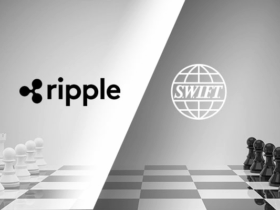
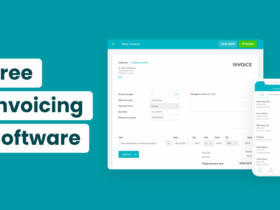





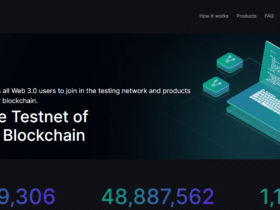


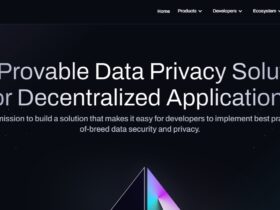
















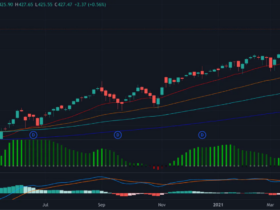

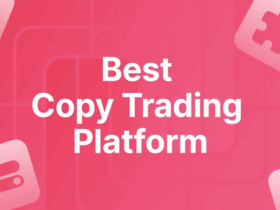
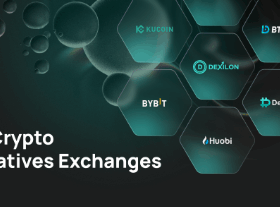
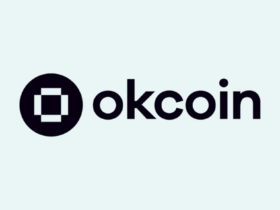
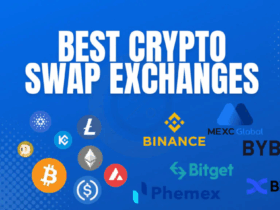




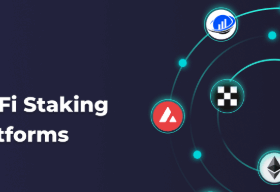

Leave a Reply